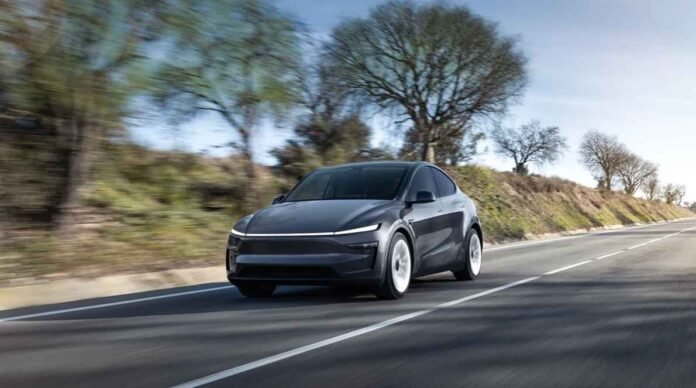- Elon Musk says Tesla is close to allowing texting while using Full Self-Driving.
- The company plans to release an “Unsupervised” mode soon.
- Regulators still limit hands-free and eyes-off driving to certain automakers.
- Musk claims the next FSD version could even let drivers fall asleep.
Elon Musk has once again stirred debate after revealing that Tesla is “almost comfortable” letting drivers text while using Full Self-Driving. The billionaire said the company is preparing to move its autonomous system into what he calls an “Unsupervised” mode. According to Musk, this could happen within the next couple of months.
This new stage of Tesla’s Full Self-Driving, or FSD, would allow the vehicle to handle all driving tasks without human supervision. Drivers could, in theory, look away from the road, use their phones, or even fall asleep as the car drives itself.
However, Musk provided no timeline or technical explanation for how Tesla plans to move from its current system, which is classified as Level 2 autonomy, to something closer to Level 3 or Level 4. These higher levels mean the car can safely drive itself under certain conditions without constant driver input.
Regulators Still Limit Self-Driving Freedom
At present, Tesla’s FSD is officially considered an advanced driver assistance system. It requires the driver to keep hands on the wheel and eyes on the road at all times. This rule exists because FSD is still legally defined as Level 2.
Only two automakers in the world, Mercedes-Benz and BMW, have managed to receive approval for true Level 3 systems. These allow the driver to take their hands off the wheel and look away, but only in very specific traffic and speed conditions.
Mercedes and BMW earned special permission from German regulators to test this level of automation. In the United States, only certain regions in California and Nevada have begun allowing such systems. Most countries still restrict this technology until safety and liability frameworks are finalized.
That makes Musk’s claim of near-term “Unsupervised” driving difficult to believe. Texting while driving remains illegal in most U.S. states, so Tesla would need regulatory approval to make this mode available.
Tesla’s Leap Toward ‘Fall Asleep’ Driving
Despite these obstacles, Musk remains confident in Tesla’s progress. He told investors that the company’s upcoming FSD V14.3 version will let drivers “fall asleep and wake up at your destination.” This ambitious claim has raised eyebrows across the automotive industry.
FSD has faced scrutiny in recent years due to accidents and investigations involving Tesla vehicles. Critics argue that the system’s name, “Full Self-Driving,” misleads customers into believing the cars are more autonomous than they actually are.
Even so, Musk insists that Tesla is rapidly advancing. He often highlights the company’s use of massive real-world driving data collected from millions of Teslas on the road. Tesla claims that this approach allows its neural networks to learn and improve faster than competitors that rely on smaller, controlled test fleets.
Technology May Be Ready, But Laws Are Not
Experts agree that while autonomous technology is improving fast, legal approval is moving slowly. Most regulators still demand that human drivers remain ready to take control at any moment.
China has made significant progress in testing higher levels of self-driving systems, but even there, true hands-off autonomy is not yet legal for the public. European and U.S. authorities continue to focus on safety validation before allowing widespread use.
Tesla’s challenge is not only to prove the safety of its FSD system but also to convince regulators that it can handle complex real-world scenarios without human help. Until then, drivers using Tesla’s FSD are legally responsible for what happens on the road, no matter how capable the software becomes.
Musk Ties AI Ambitions To Record Pay Package
Musk’s focus on self-driving technology is not just about innovation. It is also closely linked to his massive new compensation plan, worth an estimated one trillion dollars.
Shareholders recently approved the package, which includes performance targets like producing 20 million vehicles annually, deploying one million robotaxis, and selling one million humanoid robots called Optimus.
During the same discussion, Musk even joked about a future where robots prevent crime by following people around to keep them in check. While such comments often sound futuristic, they keep Tesla investors and fans engaged as Musk pushes for bold AI-driven goals.
For now, the reality is that Tesla’s Full Self-Driving remains a supervised system. Musk’s claims may hint at what is coming, but the leap to fully legal, unsupervised driving appears far from certain.
Follow TechBSB For More Updates

